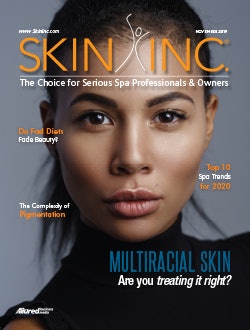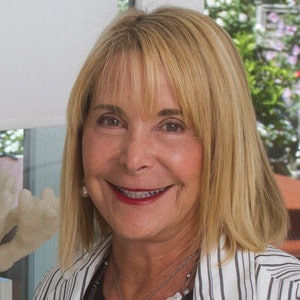
For over a century, humans have been obsessed with skin color. With an ever changing population and multicultural diversity, skin care professionals are facing a number of challenges on how best to address pigmentation. This article will serve as a primer on pigmentation, its historical roots, cultural norms, the science behind changes in skin color, early treatments and today’s cornucopia of ingredients that may or may not be efficacious.
One of the most difficult to treat skin conditions is hyperpigmentation. In spite of the number of treatment options, including prescription and cosmetic topical creams, nothing has provided the perfect solution in pigment preventers and measurable improvement.
Whether pigmentation results from sun damage, acne, inflammation, birth control, pregnancy, hormones, prescription drugs or injury, it is caused by an irregular increase in melanin.
The Science of Pigmentation
Melanin is a dark brown to black pigment that is produced by cells known as melanocytes in the skin. This process is called melanogenesis. To treat and ameliorate this process, we need to disrupt the production of melanin. The keratinocytes regulate the melanocyte process through the release of chemicals that produce and drive melanin to the surface, and the activation of tyrosinase. Treating pigmentation involves disrupting this cycle.
Digital Magazine Link:

Learn about the history of pigmentation and how to treat it in our digital magazine!
Read More in the Digital Magazine!













